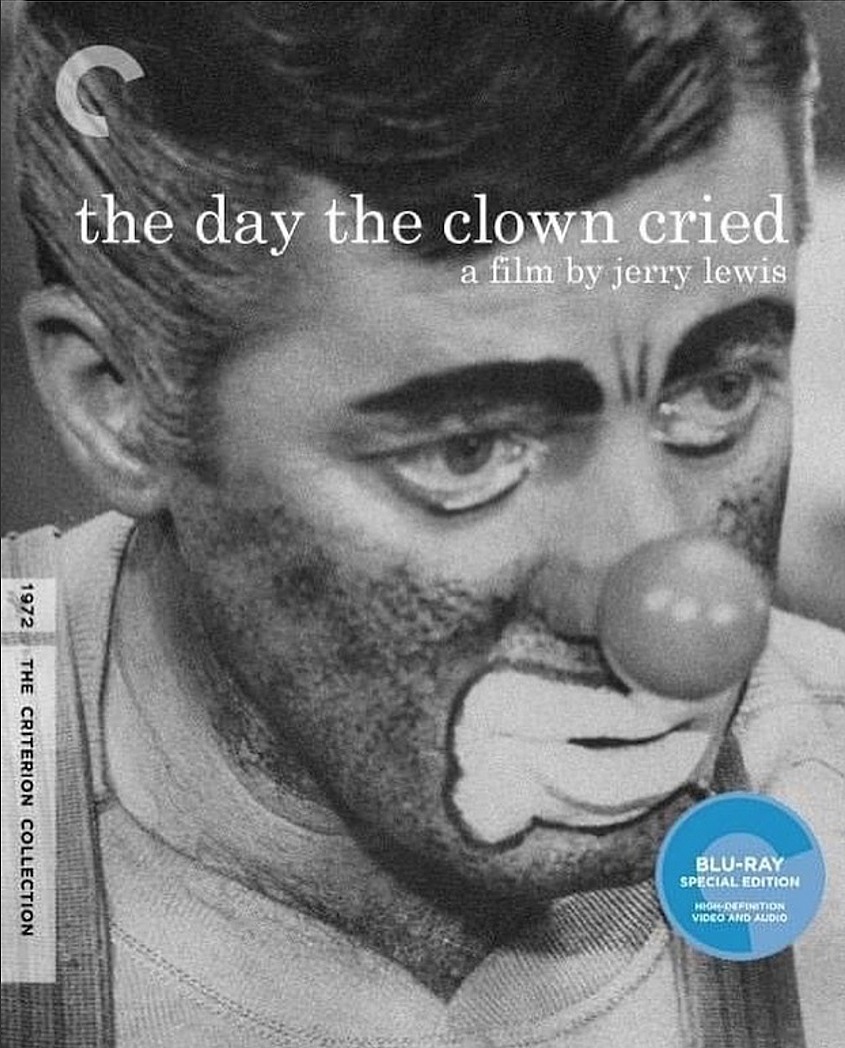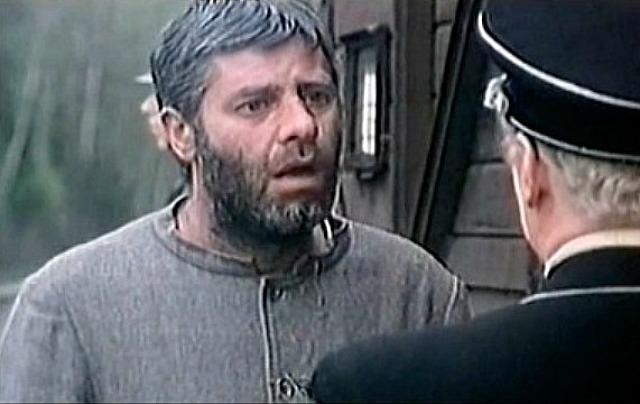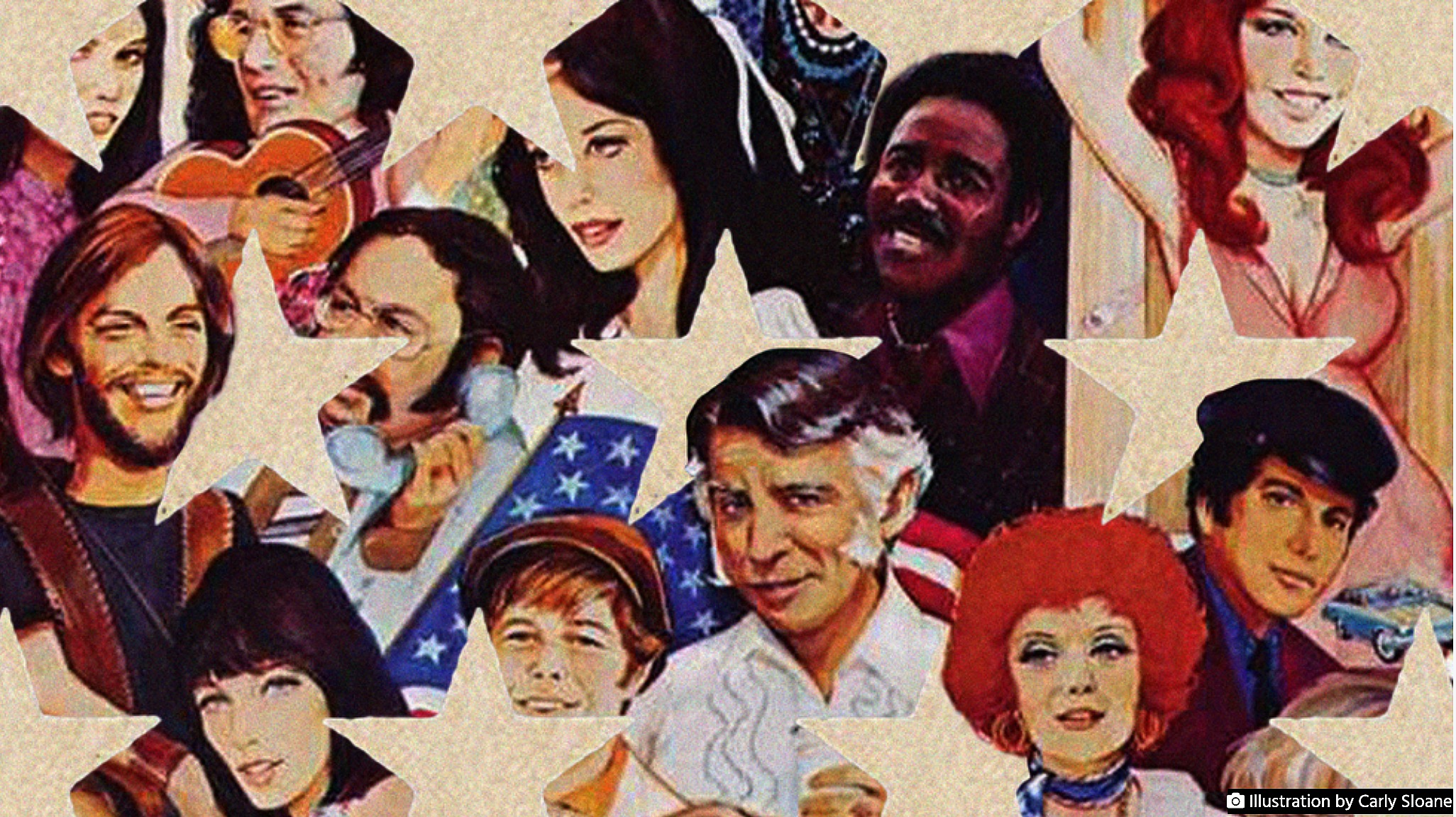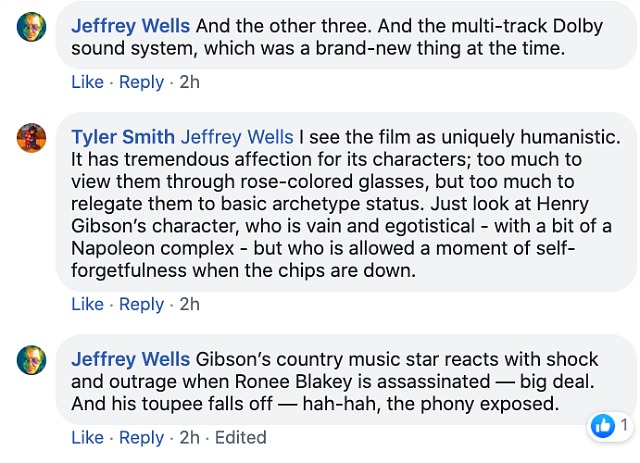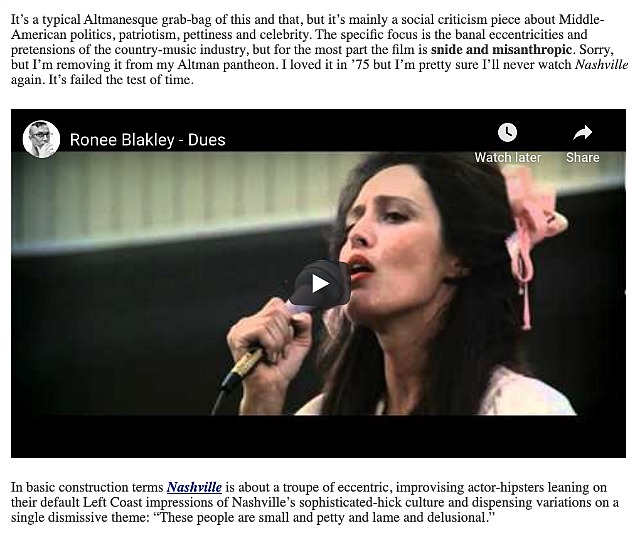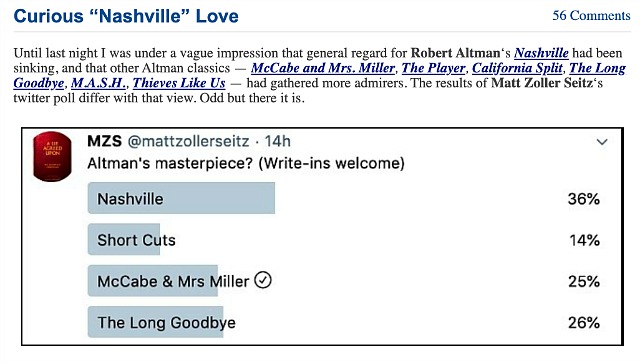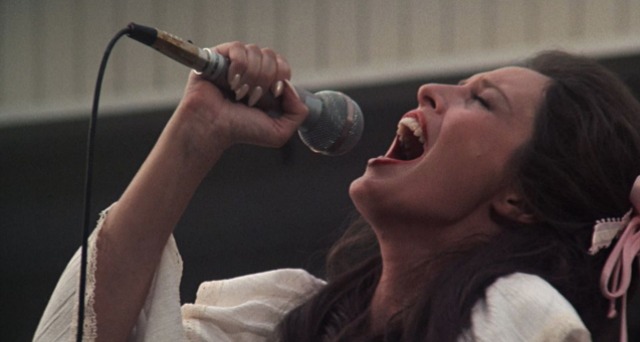Seven or eight days ago I finally saw Roman Polanski‘s J’Accuse (aka An Officer and a Spy). I called it drop-dead masterful in a 3.25 post — easily the best film of 2020 and certainly among the best I’ve seen since the launch of last fall’s award season.
For the last week or so I’ve been helping friends see it with a link to a torrent site, which happens to be a pain in the ass as far as seeing a French-language version with English subtitles is concerned.
What a shame that there isn’t some way of streaming such a version legally. We all know J’Accuse will never play or stream via a U.S. distributor due to objections from the #MeToo community, but perhaps an English subtitled J’Accuse will be streamable when a British or Canadian distributor makes it so available.

Since last fall the Paris-based sales company Playtime has been handling distribution for Polanski’s film. I’ve been speaking with a Playtime rep since last October about how or when the film might be purchasable by or streamable to U.S. viewers. For nearly six months the response has been “we don’t know yet” and phrases to that effect.
The usual pattern for a film that opened in Europe last fall would allow for subtitled viewing stateside via some kind of Bluray or streaming access by March or April.
Email #1: A couple of days ago I wrote the Playtime guy for the third or fourth time: “When will a J’Accuse Bluray w/ English subtitles be released? Or at least a streaming version? You guys must have a plan.” Platime response: “No plans in this direction.”
HE response: “You guys aren’t interested in tapping the English-speaking U.S., British and Canadian streaming market because of fears of the French #MeToo community? You’re afraid of what Adele Haenel might say…is that it? One of Polanski’s best films ever and no one in the int’l distribution community is planning to even stream an English-subtitled version?
“What about licensing an English-language subtitled version to some outside-the-normal-channels distributor for streaming? Or rights for a Bluray with English subtitles?
“If I’m misunderstanding the situation, please explain. Please forgive me but this seems so wrong.”
Email #2: Seven years ago I became aware of what may be a legit email address for Polanski, so I wrote him this morning to ask whassup.
“Roman,
“I finally saw J’Accuse a week or so ago via an illegal source. It’s a brilliant film, and it’s such a tragedy that in the midst of the COVID-19 pandemic that access to a streaming version w/English subtitles (or a Bluray with same) isn’t being implemented or at least planned.
“Unless I’m mistaken. Am I?
“Is anyone anywhere planning to offer an English-subtitled version to international audiences? It just seems criminal not to allow Americans and other English-speaking audiences to see this exquisite film.
“Respectfully, Jeffrey Wells, HE — BTW, have you had a chance to read Sam Wasson’s Chinatown book?”

